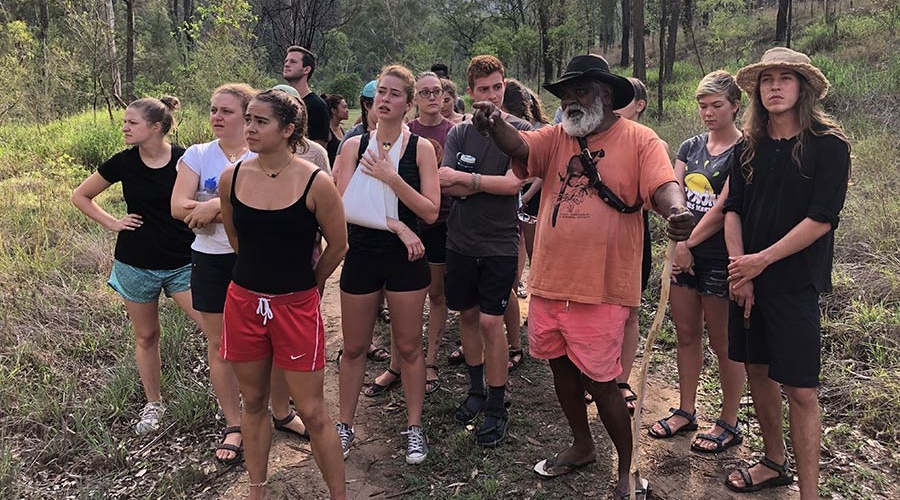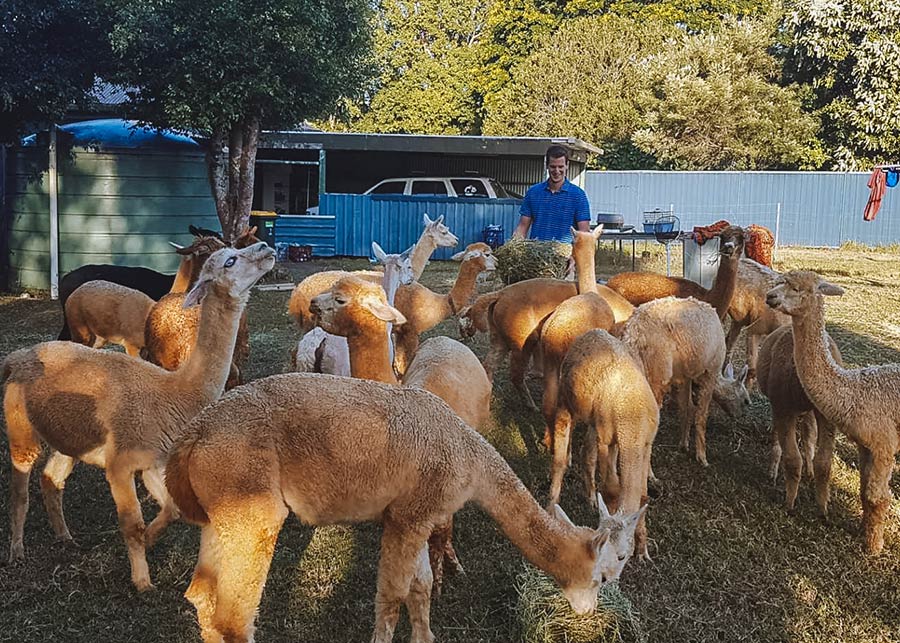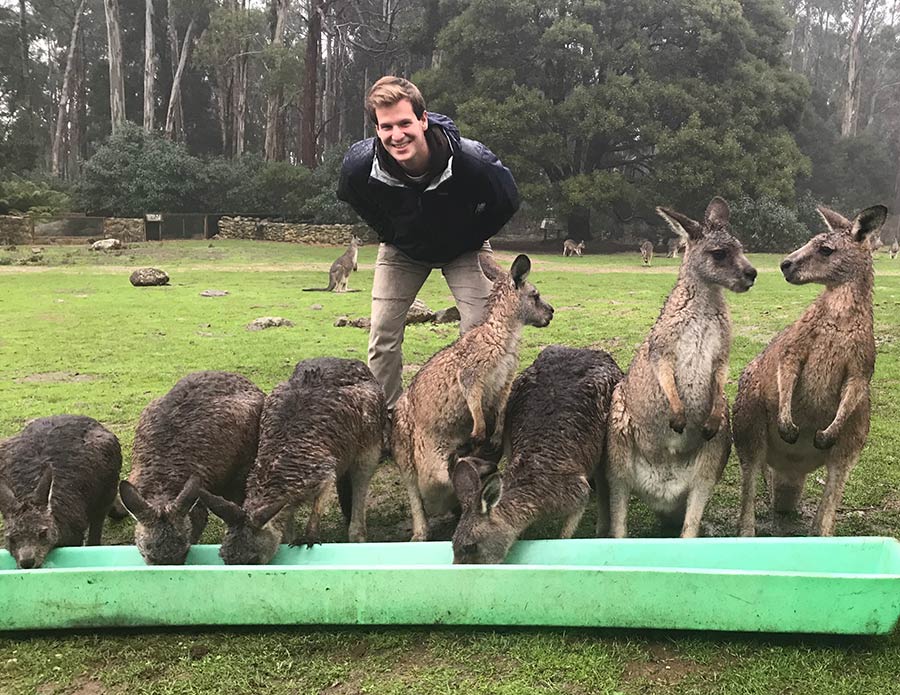Alumni Profiles
Kyle Criscitello
Class of 2020

As an environmental humanities major, I am deeply interested in environmental art, literature, design, and history, specifically on the topics of indigenous knowledge, food, architecture, apocalypse, and conservation. When I initially decided to study abroad, I struggled to find a program that fully encapsulated my broad environmental humanities interests, as the majority of environmental programs I came across focused almost entirely on the natural-science side of environmental education, but then by random google chance, I stumbled upon the School for International Training, a holistic Non-UR study abroad institution based in the environmental humanities.
During the spring semester of my Junior year, I studied abroad in New South Wales, Australia with the School for International Training (SIT). The formal title of the program was SIT Australia: Sustainability and Environmental Action, and the program’s key topics of study were truly interdepartmental, including sustainability, sense of place, the natural environment, permaculture, conservation, social change, environmental action, ecopsychology, environmental ethics, interconnection, and aboriginal land ethics. I wanted a study abroad experience focused on environmental change and education that embraced all aspects of education and thought, from the humanities to natural science to aboriginal/indigenous knowledge, and I found that this SIT program did just that. SIT programs emphasize hands-on, experiential knowledge, learning both in the classroom, community, and nature, embracing interconnectedness, sustainability, and environmental stewardship in all lessons. Classes included hikes through the rainforest learning about the native ecosystem, it’s conservation record, and the aboriginal history of the land; meditation sessions on ecopsychology; hikes with aboriginal elders on the beach learning about their history, colonial displacement, and custodial land ethic; and so much more.
The program included a two-week homestay period during which I lived on an alpaca farm in Alstonville, NSW, a small rural town roughly an hour inland from Byron Bay where the program was based. During my time living alongside 40 alpacas at the Erwin Alpaca Farm, I developed a great interest in working with animals, specifically in the field of wildlife conservation. Luckily for me, the second half of the SIT program consists of either a one-month internship or independent student project, during which I completed an internship at Trowunna Wildlife Sanctuary, a 65-acre endemic wildlife sanctuary for injured, orphaned, or abandoned Tasmanian fauna. During my internship at Trowunna, I lived in a small cabin in the heart of the sanctuary built right into one of the Tasmanian Devil enclosures and worked each day as a novice keeper, working to conserve, protect, and save the Island’s endemic wildlife. The SIT program finishes with a week-long technology-free camping trip back on the mainland with numerous aboriginal elders, learning aboriginal stories, way of thinking, and knowledge including painting, agriculture, cooking techniques, and hunting (boomerang/spear throwing). Although a Non-UR study abroad program, the program was extremely easy to get approved by the university and while I participated in the Australia: Sustainability and Environmental Action program, SIT offers many other EHU based study abroad programs all around the world. Thanks to SIT, I was able to pursue and explore my broad Environmental Humanities interests/passions with a great depth and breath, and I simply cannot recommend SIT enough to all members of the EHU family looking to study abroad in the future.


